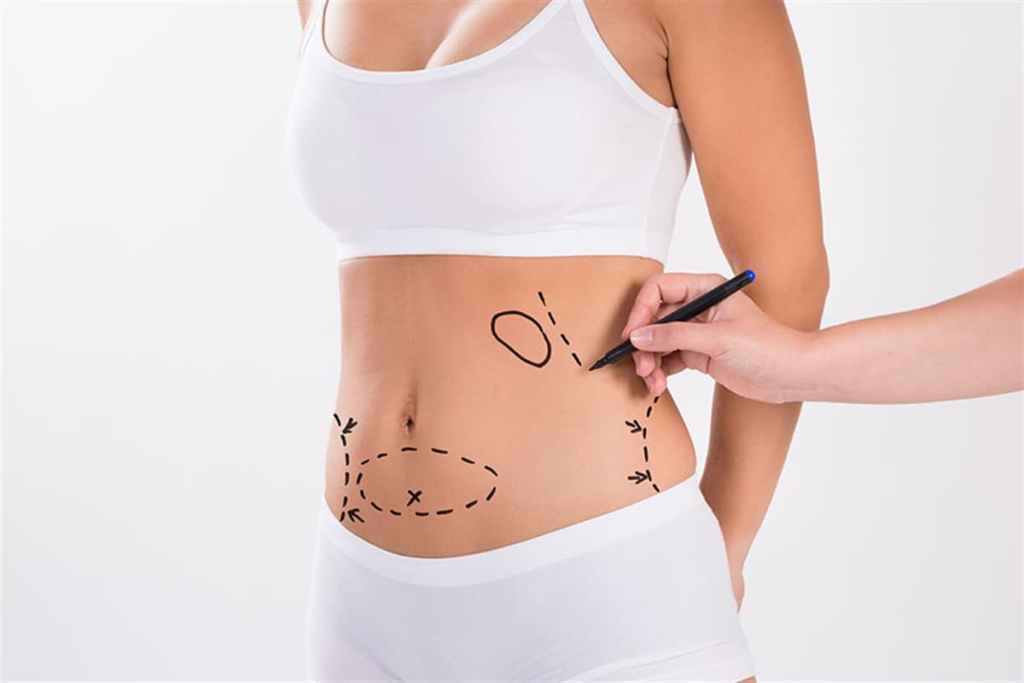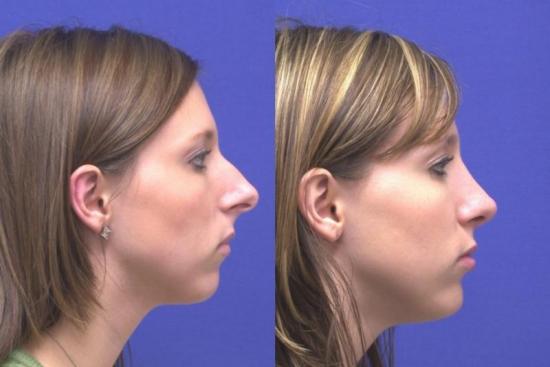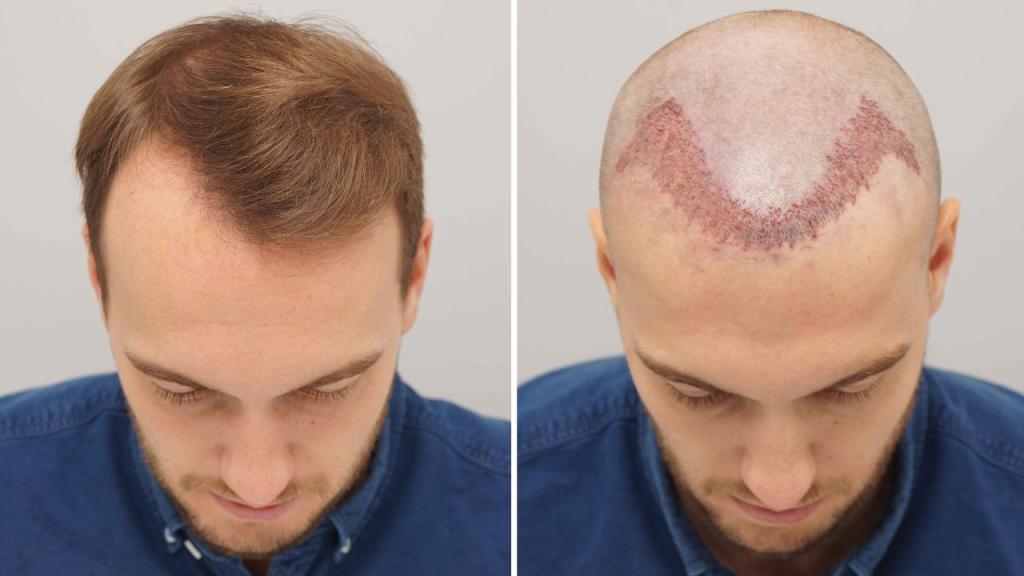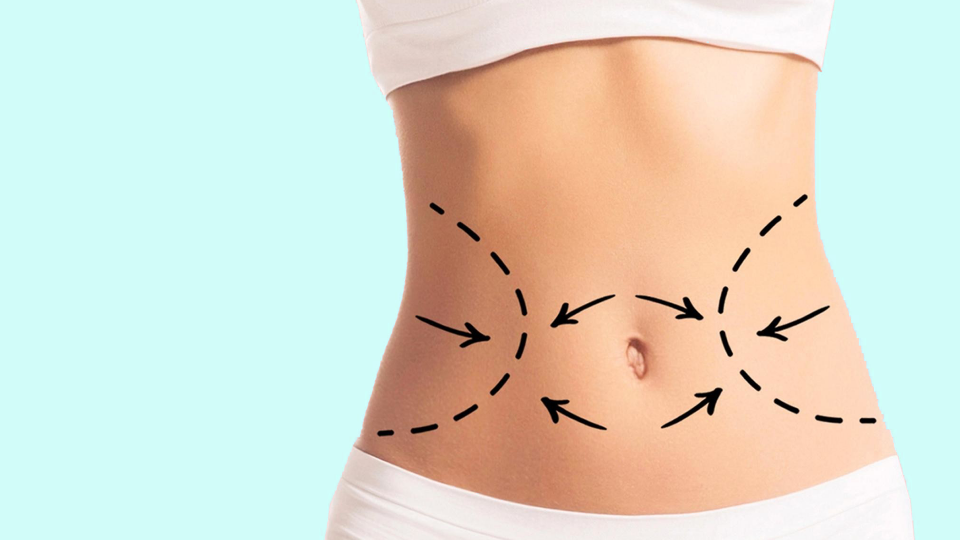Understanding Liposuction
Liposuction is a popular cosmetic procedure aimed at removing excess fat from various parts of the body. It is typically performed by plastic surgeons using specialized equipment and techniques. The main goal of liposuction is to improve body contours and proportion by targeting and eliminating fat deposits that have been resistant to diet and exercise. While liposuction is not a weight loss solution, it can help individuals achieve a more toned and sculpted appearance.
There are different types of liposuction techniques available, including tumescent liposuction, ultrasound-assisted liposuction, and laser-assisted liposuction. Each technique involves the insertion of a small cannula, or tube, into the targeted area through tiny incisions. The cannula is used to loosen and suction out the fat cells, effectively contouring the area to achieve the desired result.
It is important to note that liposuction should not be seen as a substitute for a healthy lifestyle. It is a cosmetic procedure that is best suited for individuals who are already at or near their ideal weight but have localized areas of excess fat that are resistant to diet and exercise. Liposuction is not intended for weight loss, treating obesity, or addressing cellulite.
- Liposuction is a cosmetic procedure aimed at removing excess fat from the body.
- It is performed by plastic surgeons using specialized techniques and equipment.
- Liposuction is not a weight loss solution, but it can improve body contours and proportions.
| Types of Liposuction Techniques | Description |
|---|---|
| Tumescent Liposuction | Involves injecting a solution into the targeted area to numb the area and constrict blood vessels, minimizing bleeding and bruising. |
| Ultrasound-Assisted Liposuction | Uses ultrasound energy to liquefy the fat cells, making them easier to remove through the cannula. |
| Laser-Assisted Liposuction | Utilizes laser energy to melt the fat cells, allowing for smoother and more precise contouring. |
How Liposuction Works
Liposuction is a popular cosmetic procedure aimed at removing stubborn fat deposits from various parts of the body. It is a surgical technique that involves suctioning out excess fat cells to contour and shape specific areas, such as the abdomen, hips, thighs, or arms. What Is Liposuction Removal Fat? Liposuction works by inserting a thin, hollow tube called a cannula into the targeted area through small incisions. The cannula is connected to a suction device, which effectively eliminates the unwanted fat cells.
There are several steps involved in the liposuction procedure. First, the surgeon will administer either local or general anesthesia to ensure the patient’s comfort throughout the surgery. Once the anesthesia takes effect, small incisions will be made near the treatment area.
The surgeon will then insert the cannula into the incisions and maneuver it back and forth to break up the fat cells. The suction device attached to the cannula will then be used to suction out the dislodged fat cells. This process continues until the desired amount of fat has been removed, resulting in a more sculpted appearance.
Liposuction can be performed using various techniques, including traditional liposuction, ultrasound-assisted liposuction (UAL), and laser-assisted liposuction. Traditional liposuction involves manually breaking up the fat using the cannula, while UAL uses ultrasound energy to liquefy the fat cells for easier removal. Laser-assisted liposuction utilizes laser technology to target and melt the fat cells.Overall, liposuction is an effective way to eliminate unwanted fat deposits and achieve a slimmer, more contoured physique. However, it is important to note that liposuction is not a weight loss solution or a substitute for a healthy lifestyle.Like any surgical procedure, liposuction carries certain risks and potential side effects. These include infection, bleeding, scarring, uneven contours, and changes in sensation. It is crucial to consult with a board-certified plastic surgeon to assess your suitability for liposuction and to discuss the potential risks and benefits.Additionally, not everyone is a good candidate for liposuction. Ideal candidates are individuals who are close to their ideal body weight and have good skin elasticity. Liposuction is most successful on areas of the body where the skin can retract well after fat removal.
| Pros | Cons |
|---|---|
| – Effective for fat removal | – Potential risks and side effects |
| – Improved body contouring | – Not a weight loss solution |
| – Boosted self-confidence | – Not suitable for everyone |
In conclusion, liposuction works by using a suction technique to remove stubborn fat cells from specific areas of the body. It can be performed using different techniques depending on the individual’s needs and goals. While liposuction offers various benefits, it is essential to carefully consider the potential risks and consult with a qualified plastic surgeon to determine if you are a suitable candidate for this procedure.
Types Of Liposuction Techniques
Liposuction is a popular cosmetic procedure designed to remove excess fat from specific areas of the body, improving body contours and enhancing overall appearance. There are several types of liposuction techniques available, each with its own unique benefits and considerations. It is essential to understand the different options to make an informed decision and achieve the desired results.
One commonly used technique is traditional liposuction, also known as suction-assisted liposuction (SAL). During this procedure, a small incision is made in the target area, and a thin tube called a cannula is inserted. The cannula is connected to a vacuum device that suctions out the excess fat effectively. Traditional liposuction is versatile and can be performed on various body parts, including the abdomen, thighs, arms, and neck.
Another popular technique is tumescent liposuction. This method involves injecting a solution of saline, lidocaine (a local anesthetic), and epinephrine (a drug that constricts blood vessels) into the treatment area. The injected solution numbs the area and causes blood vessels to constrict, minimizing bleeding and reducing post-operative pain and swelling. Tumescent liposuction allows for more precise fat removal and is often performed on smaller areas such as the chin, cheeks, and knees.
| Types of Liposuction Techniques: | Description: |
|---|---|
| Traditional Liposuction (SAL) | A cannula is used to suction out excess fat through small incisions. |
| Tumescent Liposuction | A solution is injected into the treatment area to minimize bleeding and improve precision. |
Laser-assisted liposuction is another technique that utilizes laser technology to liquefy fat cells before they are removed. This technique involves the insertion of a laser fiber through a small incision, which emits energy to break down fat cells. The liquefied fat is then gently suctioned out using a cannula. Laser-assisted liposuction offers the added benefits of stimulating collagen production, resulting in tighter skin and improved overall skin quality.
Ultrasound-assisted liposuction (UAL) is another option available. This method uses high-frequency sound waves to liquefy fat cells, making them easier to remove. UAL is particularly effective for treating fibrous areas such as the upper back or male breast tissue. The liquefied fat is then removed using a suction device similar to traditional liposuction.
It is essential to consult with a qualified plastic surgeon to determine the most suitable liposuction technique based on individual needs and goals. Each technique has its own advantages and considerations, and the surgeon’s expertise will play a crucial role in achieving optimal results and minimizing potential risks.
Risks And Side Effects Of Liposuction
Liposuction is a popular cosmetic procedure that aims to remove excess fat from different areas of the body. It is a surgical technique that involves the use of a suction device to break up and remove fat cells. While this procedure can provide effective results and help individuals achieve their desired body shape, it is important to understand the risks and side effects associated with liposuction.
One of the common risks of liposuction is infection. Any surgical procedure carries a risk of infection, and liposuction is no exception. The incisions made during the surgery can become infected if proper care is not taken. It is essential for patients to diligently follow post-operative instructions provided by their surgeon, including keeping the incision sites clean and avoiding activities that may increase the risk of infection.
In addition to infection, liposuction can also lead to fluid accumulation, also known as seroma. This occurs when the body produces excess fluid in response to the trauma caused by the surgery. Although seroma is not a serious complication, it can cause discomfort and may require additional treatment such as drainage.Another potential risk of liposuction is damage to surrounding tissues. During the procedure, the surgeon needs to maneuver the cannula (the suction device) beneath the skin to break up and remove fat cells. If not done with precision, the cannula can damage blood vessels, nerves, or other tissues, leading to complications and prolonged healing time. This risk can be minimized by choosing an experienced and skilled surgeon who is well-trained in liposuction techniques.
| Risk/Side Effect | Description |
|---|---|
| Fluid Accumulation (Seroma) | Excess fluid accumulation in the treated area, requiring additional treatment. |
| Infection | Infection at the incision sites, potentially leading to complications. |
| Tissue Damage | Possible damage to blood vessels, nerves, or surrounding tissues during the procedure. |
One of the most discussed side effects of liposuction is uneven or irregular results. Although liposuction aims to create a more proportionate and balanced appearance, there is a possibility of contour irregularities. This can be due to various factors, including the technique used, the surgeon’s skill, and the patient’s unique anatomy. It is important for patients to have realistic expectations and understand that perfect symmetry may not always be achievable.
Furthermore, liposuction is a surgical procedure that involves the use of anesthesia, which carries its own set of risks. Anesthesia-related complications can range from minor issues such as nausea and vomiting to more serious complications like respiratory problems or allergic reactions. Prior to undergoing liposuction, patients should discuss their medical history and any potential risks associated with anesthesia with their surgeon and anesthesiologist.
Who Is A Good Candidate For Liposuction?
Liposuction, also known as lipoplasty or body contouring surgery, is a popular cosmetic procedure that aims to remove excess fat deposits from specific areas of the body. This procedure is not a substitute for weight loss or a healthy lifestyle, but rather it is designed for individuals who have already made efforts to lose weight through diet and exercise and still have stubborn areas of fat that they wish to address.
So, what exactly defines a good candidate for liposuction?
First and foremost, it is important for potential candidates to have realistic expectations about the outcome of the procedure. Liposuction can help improve body contours and achieve a more proportionate shape, but it is not a magical solution for obesity or a quick fix for weight loss. It is crucial that individuals understand that liposuction is most effective when used as a body sculpting tool, rather than a weight loss method.
Secondly, good candidates for liposuction should be in overall good health. They should not have any underlying medical conditions that may increase the risks associated with surgery or hinder the healing process. Before undergoing the procedure, it is essential for individuals to undergo a thorough medical evaluation to ensure that they are suitable candidates for liposuction.
Lastly, ideal candidates for liposuction should maintain a stable and healthy weight. It is recommended that individuals be within 30% of their ideal weight before considering liposuction. This is because liposuction is not intended for significant weight loss, but rather for contouring specific areas of the body. Candidates who have maintained a stable weight for at least six months and have areas of fat deposits that have not responded to diet and exercise are considered good candidates for liposuction.
In conclusion, liposuction is a beneficial procedure for individuals who have already made efforts to lose weight through diet and exercise but still struggle with stubborn areas of fat. Good candidates for liposuction should have realistic expectations, be in overall good health, and maintain a stable weight. Consulting with a board-certified plastic surgeon is crucial to determine if liposuction is the right option for your specific needs and goals.
Recovery And Results Of Liposuction
After undergoing a liposuction procedure, it is crucial to understand the recovery process and the expected results. Liposuction is a surgical procedure that aims to remove excess fat from specific areas of the body, resulting in a more sculpted and contoured appearance. While the recovery period may vary from person to person, it is essential to follow the post-operative instructions provided by your surgeon to ensure optimal healing and achieve the desired results.
One of the primary aspects of liposuction recovery is managing discomfort and swelling. It is common to experience some pain, bruising, and swelling after the procedure. Your surgeon may prescribe pain medications or recommend over-the-counter pain relievers to help manage any discomfort. Wearing compression garments as instructed can also aid in reducing swelling and providing support to the treated areas. These garments help the skin adhere more closely to the underlying tissues, promoting better contouring and minimizing the risk of complications.
In addition to managing discomfort, it is crucial to follow a specific care routine to facilitate a smooth recovery process. Your surgeon will likely provide detailed instructions on how to care for the incision sites, which typically involves keeping them clean and dry. It is essential to avoid excessive physical activity during the initial recovery period to minimize the risk of complications and allow the body to heal properly. Engaging in light activities, such as short walks, can help promote blood circulation and prevent blood clots.What Is Liposuction Removal Fat?Types Of Liposuction TechniquesRisks And Side Effects Of LiposuctionWho Is A Good Candidate For Liposuction?Understanding LiposuctionHow Liposuction Works
| Liposuction Technique | Description |
|---|---|
| Tumescent liposuction | The most common type of liposuction whereby a large volume of a diluted solution is injected into the fat, making the removal process easier. |
| Power-assisted liposuction (PAL) | Utilizes a specialized vibrating instrument to loosen fat cells, making it easier to remove them through a cannula. |
| Ultrasound-assisted liposuction (UAL) | Uses ultrasound energy to liquefy the fat cells, allowing for more precise and efficient removal. |
| Laser-assisted liposuction (LAL) | Uses laser energy to liquefy fat cells, making their removal less invasive and reducing the risk of bleeding and bruising. |




Leave a comment